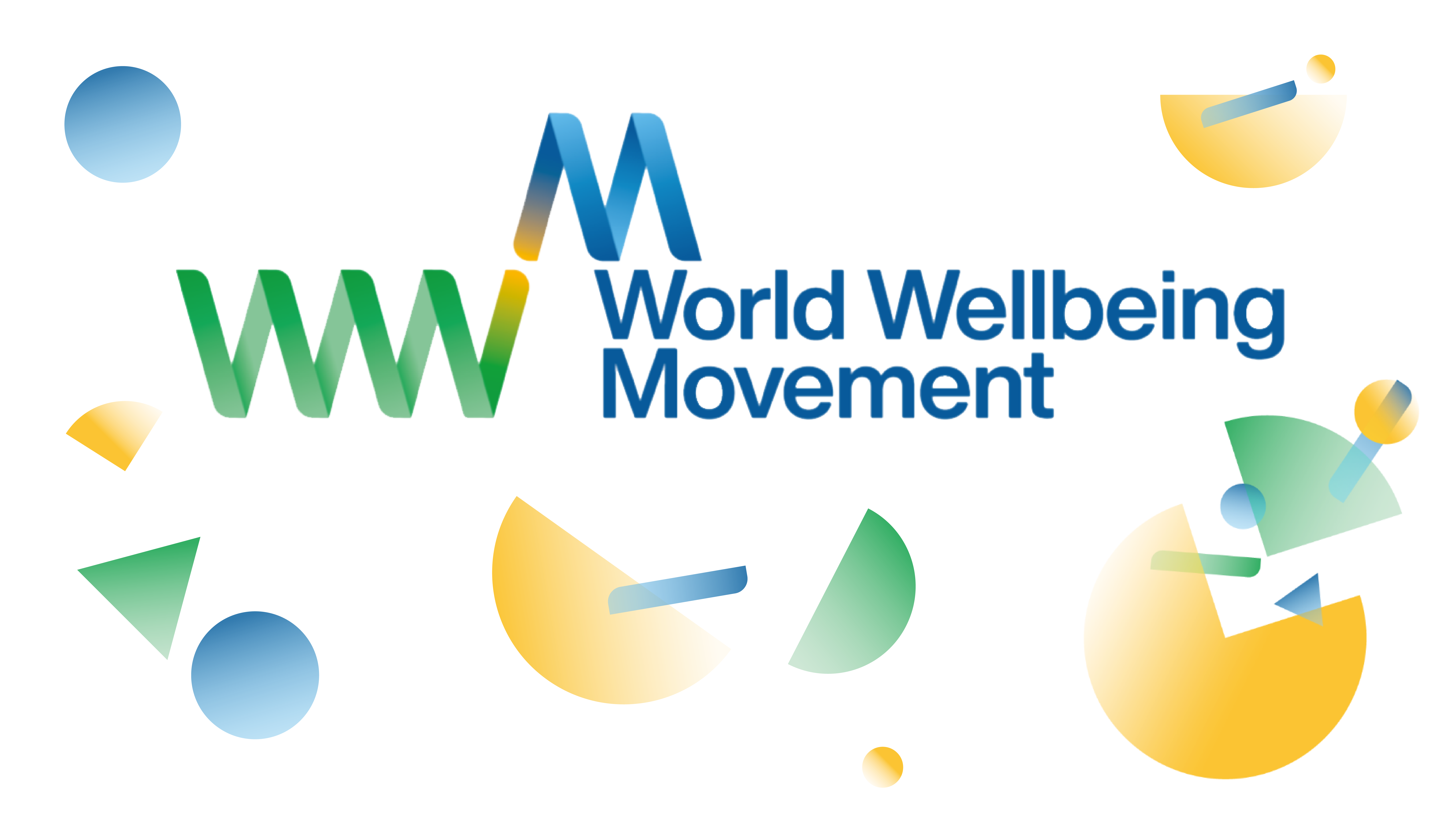
World Wellbeing Movement
Oxford, July 8 – The World Wellbeing Movement will be launched today at 14h30 GMT at a major conference at the University of Oxford.
The World Wellbeing Movement is a coalition of global leaders from business, civil society, and academia that have come together to help put wellbeing at the heart of decision-making in both business and public policy. Doing so starts with measuring what we treasure most by ensuring that wellbeing metrics are part of global standards to evaluate societal progress and, in particular, to help measure the social impact of organisations in ESG reporting.
The movement’s key objectives are:
- To promote a simple and universally acceptable standard for measuring wellbeing as a key ESG indicator for social impact.
- To share best practices and provide insights into how to improve wellbeing.
- To build a community that takes action and creates momentum for positive change.
The World Wellbeing Movement will leverage the expertise of its academic partner and its global network of corporate and philanthropic founding members, who include:
- Wellbeing Research Centre, University of Oxford
- Snam Foundation
- HSBC
- Cisco
- S&P Global
- Victor Pinchuk Foundation
- Indeed
- BT
- Unilever Walls
- Fondazione Crescita e Sviluppo CRT
- MediaCom
- The Energy and Resources Institute
- 4 Day Week Global
- McKinsey Health Institute
The World Wellbeing Movement will be led by its Managing Director, Sarah Cunningham, who said: “There can hardly be a more important goal for business leaders and public policymakers alike, than the wellbeing of people. And, indeed, evidence shows that workplaces with higher employee wellbeing, and countries with higher citizen wellbeing, are seen as more attractive to work at and live in. That’s why I am so excited to bring the World Wellbeing Movement’s mission to life, and to partner with our trailblazing co-founders, who include Prof. Lord Richard Layard, Prof. Jan-Emmanuel De Neve, and Snam.
Speaking on behalf of the co-founders, Prof. Lord Richard Layard noted that “With the new science of wellbeing, the goal of wellbeing has become a really practical objective.”
Why wellbeing?
Wellbeing is about how we are doing as individuals and communities and, in turn, how that makes us feel about the way our lives are going. It is measured by understanding emotions (positive and negative), how we evaluate our life, and whether we feel a sense of purpose. The COVID-19 pandemic detrimentally impacted people’s wellbeing globally. Yet even before the pandemic, a decline in wellbeing was becoming increasingly evident.
Wellbeing and ESG metrics
The possibilities for including wellbeing in business and governance decisions are extensive. One clear and urgent step is to integrate wellbeing measurements into ESG (Environment, Social, Governance) metrics, a move which
will help us evaluate social impact, and thus succeed in ‘Building Back Better’. Just as ‘emissions’ is the flagbearer of the ‘E’ in ESG, ‘wellbeing’ could become the single most important measurement of the ‘S’ and could become a much-needed standardised metric.
Eight ESG indices and three ESG standards were analysed by a World Wellbeing Movement member (Snam): DJSI, MCSI, Sustainalytics, ISS, Vigeo Iris, FTSE4Good, GLIO/GRSEB, Bloomberg Gender Equality Index, ECPI and SASB, GRI, WEF White Paper (2018). Only five of the ESG indices and one of the standards refer to employee wellbeing. While there is some recognition amongst investors of the importance of wellbeing, the evidence shows there is still important work to be done. Most crucially, there is no standardisation amongst this metric, with most—but not all—of the indices referring to employee surveys, which in themselves are not standardised.
Wellbeing in the workplace
The launch of the World Wellbeing Movement coincides with new results from the world’s largest study of employee wellbeing involving 23 million jobseekers in 3 countries (USA, the UK, and Canada), which was led by the University of Oxford and MIT with the global hiring platform Indeed. The findings indicate that wellbeing at work makes companies significantly more attractive to jobseekers:1
- Analysis of jobseeker behaviour on the Indeed platform shows that a workplace wellbeing score that is either average or above average (as compared to low) increases the probability of jobseekers applying to available positions by 14.2%. This study provides the first causal evidence for workplaces with higher employee wellbeing being more attractive employers.
- As part of the study, respondents in a follow-up survey2 of a nationally representative sample of Americans noted that they would take a 10-12% wage cut for a happier place of work, when offered a series of hypothetical jobs with differing levels of income and workplace happiness.
- In a separate study commissioned by a World Wellbeing Movement member (Indeed)3, 87% of company leaders reported that prioritising worker happiness can give their company a competitive advantage. This belief is supported with causal evidence by the World Wellbeing Movement’s academic partner, the Wellbeing Research Centre at the University of Oxford.4 Yet, in the same survey, only 35% of company leaders had made wellbeing a strategic priority.
Recent analysis conducted by another of the World Wellbeing Movement’s founding members sheds light on frequently overlooked workplace factors underlying employee mental health and well-being in organizations around the world. The McKinsey Health Institute (MHI) survey in 15 countries found a fourth of employees experienced burnout symptoms in the past year, with the biggest driver relating to a toxic workplace. The research further indicated that burned out employees are six times more likely to want to leave their current job5.
Get in touch
Selected media partners and journalists have been invited to join the conference in person and the livestream of the event is available here: https://wellbeing.hmc.ox.ac.uk/conference/#livestream
For inquiries, please contact media@worldwellbeingmovement.org